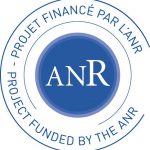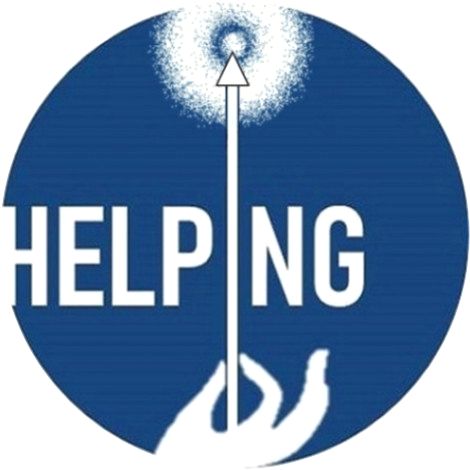HELPING
High field enhancement of nuclear polarisation in noble gases
Home
Research
Participants
PING community
Ressources
PhD position (Closed)
Post-doc position (Closed)
(…)
Facts
 |
|
Partnership
 |
|
|||
 |
|
Recruitment
Funding is available for two young researchers to participate in the project and benefit from advanced multidisciplinary training:
- 1 PhD student (36 months, in the LKB team) – Status: Closed
- 1 Post-doc fellow (24 months maximum, in the NIMBE team) – Status: Closed
Short summary of the project
Hyperpolarisation techniques, such as optical pumping or dynamic nuclear polarisation, are relevant for all areas where an enormous boost in nuclear polarisation is mandatory or highly desirable. This primarily includes basic and applied physics but, also, chemistry, material sciences, biology, or medicine, through the ubiquitous use of nuclear magnetic resonance (NMR) analytical tools. Polarisation enhancement factors with respect to thermal equilibrium can reach several orders of magnitude.
Hyperpolarisation of noble gas atoms by optical pumping (OP) enables a tremendous gain in signal, notably in NMR. Commercial OP setups and most prototypes operate at low field. Remote polarisation and transfer into a high field magnet introduce complexity and losses.
The HELPING project targets innovative schemes allowing in situ hyperpolarisation. Physicists and NMR specialists will jointly explore, theoretically and experimentally, new frontiers in laser OP: OP of 129Xe and 83Kr in a high field magnet, extension of 3He high-field OP to 3He-4He isotopic gas mixtures and to low temperature. They also plan on a detailed study of PAMP (Polarisation of Atoms in a Magnetised Plasma), a laser-free scheme recently discovered for 3He.
A super-wide bore MR spectrometer/imager, priorly purchased by both partners, will host experimental devices equipped with NMR and optical probes, for in-depth studies up to 7 T and proofs of concept with 129Xe (study of porous materials) and 3He (magnetometry).
Résumé court du projet
L’hyperpolarisation des gaz rares par pompage optique (PO) conduit à un énorme gain en signal, notamment en RMN. Les dispositifs de PO commerciaux et la plupart des prototypes opèrent à bas champ magnétique. L’inévitable transfert à haut champ est source de difficultés et de pertes.
Le projet HELPING porte sur des techniques innovantes de polarisation en champ fort. Physiciens et spécialistes RMN s’associent pour explorer de nouveaux horizons en PO laser: PO du 129Xe et du 83Kr au cœur de l’aimant, extension du PO haut champ de l’3He aux mélanges 3He-4He gazeux ou aux basses températures. Ils étudieront aussi une méthode récemment découverte pour l’3He, PAMP (Polarisation of Atoms in a Magnetised Plasma), dépourvue d’excitation laser.
Un spectromètre/imageur RMN à très large cavité préalablement acquis par les deux partenaires permettra des investigations avec sondes RMN et optiques jusqu’à 7 T et des preuves de concept avec le 129Xe (étude de matériaux poreux) et l’3He (magnétométrie).
